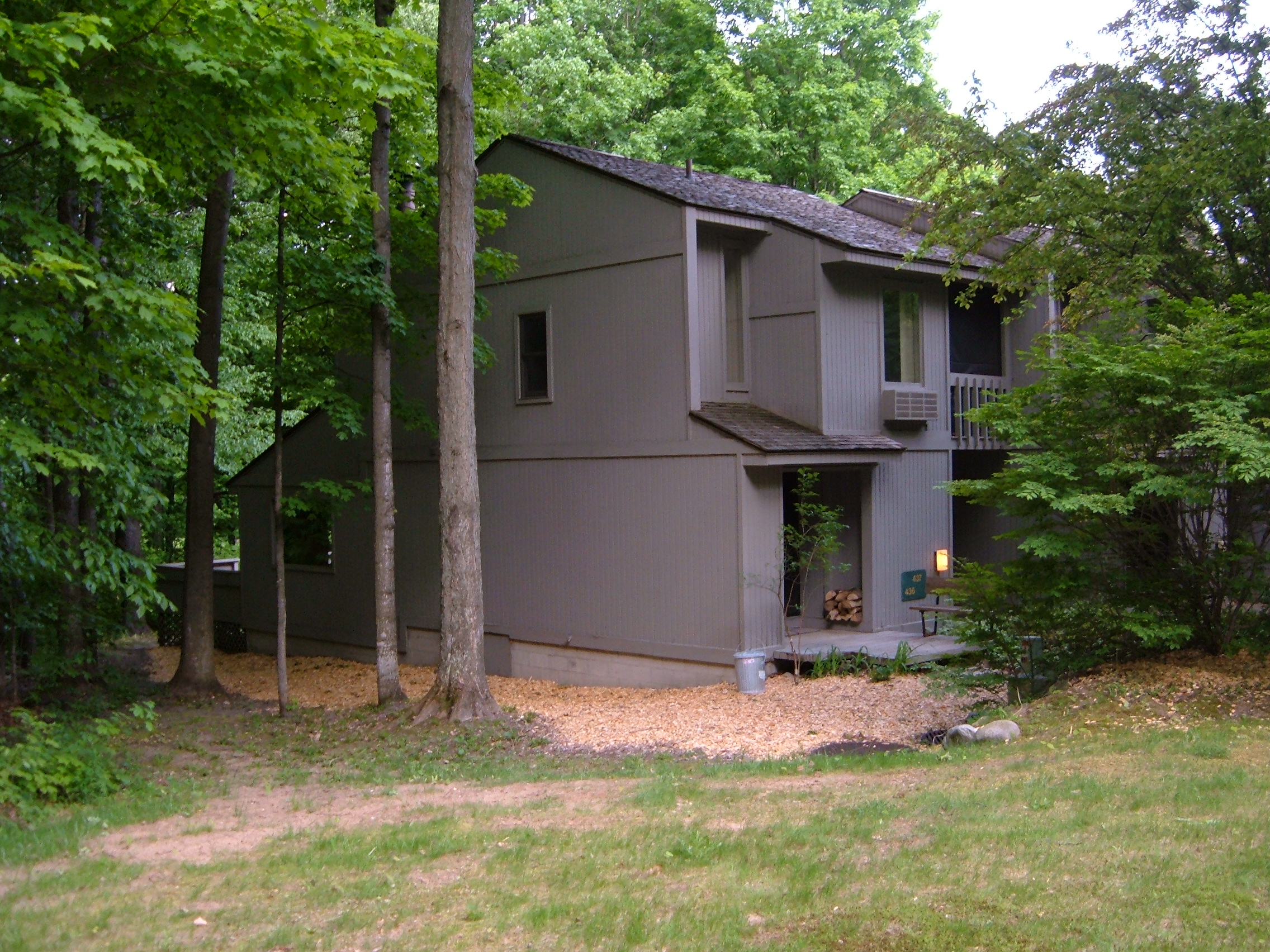BLITZ KRIEG PUBLISHING
Writer’s Apology: I am a Homeschooler Myself!
by Donna Gundle-Krieg March 3, 2009
Note: to comment on this story or other stories about education in Michigan, please go to Examiner.com

The spoof about homeschooling that I posted last Sunday created a lot of controversy.
Surprisingly, it was homeschoolers who were offended. Some thought that the spoof was in poor taste. Others thought that the posting was actually criticizing homeschoolers. I
I actually posted to article to make fun of those who criticize homeschooling. I am a long time homeschooler myself!
I was puzzled about the homeschool community’s reaction until I read “Why Homeschoolers Do Not Have a Sense of Humor” by fellow examiner Andrea Hermitt. Her article reminded me that homeschoolers are constantly under attack. We can laugh, but after awhile the criticism and the jokes become old.

Homeschoolers are always being questioned because we are a threat to the status quo.
“Homeschooled students score higher than 80% of their peers,” according to the Home School Legal Defense Association. “By 8th grade, the average home school student performs four grade levels above the national average.”
My own family’s homeschooling experience has been very successful. It has changed over the years, as every child is different, every family is different, and every year is different.
My son is graduating from high school this year. He will have homeschooled part or full time for much of his educational career, and is graduating a year early.
He will study computer science in college, and has received offers of full four year academic scholarships from both Oakland University and Saginaw Valley State University. He also plays three sports and has tons of friends.
My daughter only lasted at home three years. Several years ago, she asked to go back to the local Catholic school because the social dynamics for homeschooling girls in our area were more limited. The boys seemed to be everywhere, but she wanted some more girlfriends.
She thrived at home and thrives in school. As a 15 year old junior, she has already received many academic awards and scholarships. Believe me, she did not miss a beat socially, either.
If homeschooling has been so good to my family, why haven’t I written more about it?
Watch my column for many future regular articles about this movement. It is obvious that people are hungry for the information, whether they are already homeschooling or considering it for the future.
Part of the reason that I have not focused on this area in the past is that there are other Examiners that specialize in this area, including the Homeschooling Examiner and the Education Headlines Examiner. However, I think that there is room for all of us!
For more information and statistics about homeschooling, see the story below: How Do Home Schoolers Measure Up?
See also:
“Top 10 Reasons to Criminalize Homeschooling”
“Talented and Hilarious Homeschooling Moms Sing to Their Neighbors”
How do Home Schoolers Measure Up?
Statistics from the Home School Legal Defense Association.
RESULTS
Academic
and demographic information from the largest national study of home schooled
students
How do home schoolers measure up?

Home school students do exceptionally well when compared with the nationwide average. In every subject and at every grade level of the ITBS and TAP batteries, home school students scored significantly higher than their public and private school counterparts (Figure 1).
Because home education allows each student to progress at his or her own rate, almost one in four home school students (24.5%) are enrolled one or more grades above age level (Figure 2). It should be noted that home school scores were analyzed according to the student’s enrolled grade rather than according to the student’s age level. In other words, a 10-year-old home school student enrolled in 5th grade would have been compared to other students in the 5th grade, rather than to his age-level peers in the 4th grade. Thus, the demonstrated achievement of home schoolers is somewhat conservative.
On average, home school students in grades 1–4 perform one grade level higher than their public and private school counterparts. The achievement gap begins to widen in grade 5; by 8th grade the average home school student performs four grade levels above the national average (Figure 3).
Another significant finding is that students who have been home schooled their entire academic lives have the highest scholastic achievement. The difference becomes especially pronounced during the higher grades, suggesting that students who remain in home school throughout their high school years continue to flourish in that environment (Figure 4).
Differences were also found among home school students when they were classified by amount of money spent on education, family income, parent education, and television viewing. However, it should be noted that home school students in every category scored significantly higher than the national average.
No meaningful difference was found among home school students when classified by gender (Figure 5). Significantly, there was also no difference found according to whether or not a parent was certified to teach (Figure 6). For those who would argue that only certified teachers should be allowed to teach their children at home, these findings suggest that such a requirement would not meaningfully affect student achievement.
F O O T N
O T E S
FIGURE 1:
* Developmental Standard Score (DSS) is the test publisher’s (Riverside)
scale used for public, private, and home school students to describe each
student’s location on an achievement continuum that spans grades K through
12. The DSS scale varies by subject area. Scale capped at 300 because
differences at the top are inappropriately exaggerated.
FIGURE 2: * “Other” includes all those enrolled more than 2 grades
ahead or more than 1 grade behind.
FIGURE 3: * Grade Equivalent Scores (GES) are a reference point for
interpreting DSS scores. A GES approximates a child’s development in terms
of grade and month within grade. (For example: A DSS composite score of 170
can be viewed as the typical DSS score earned by students in the ninth month
of the second grade or a GES score of 2.9.)
FIGURE 4: * Scale capped at 300 because differences at the top are
inappropriately exaggerated.
FIGURE 5: * Composite Percentile Score refers to the percentile
corresponding to the mean composite scaled score.
FIGURE 6: * Composite Percentile Score refers to the percentile
corresponding to the mean composite scaled score.
Stories by Donna Gundle-Krieg:
Education in the United States
Books With Stories by Donna Gundle-Krieg
Blitzkriegpublishing home page
Michigan Death Notices home page
Northern Michigan Shanty Creek/ Schuss Mountain Rental For Ski and Golf







